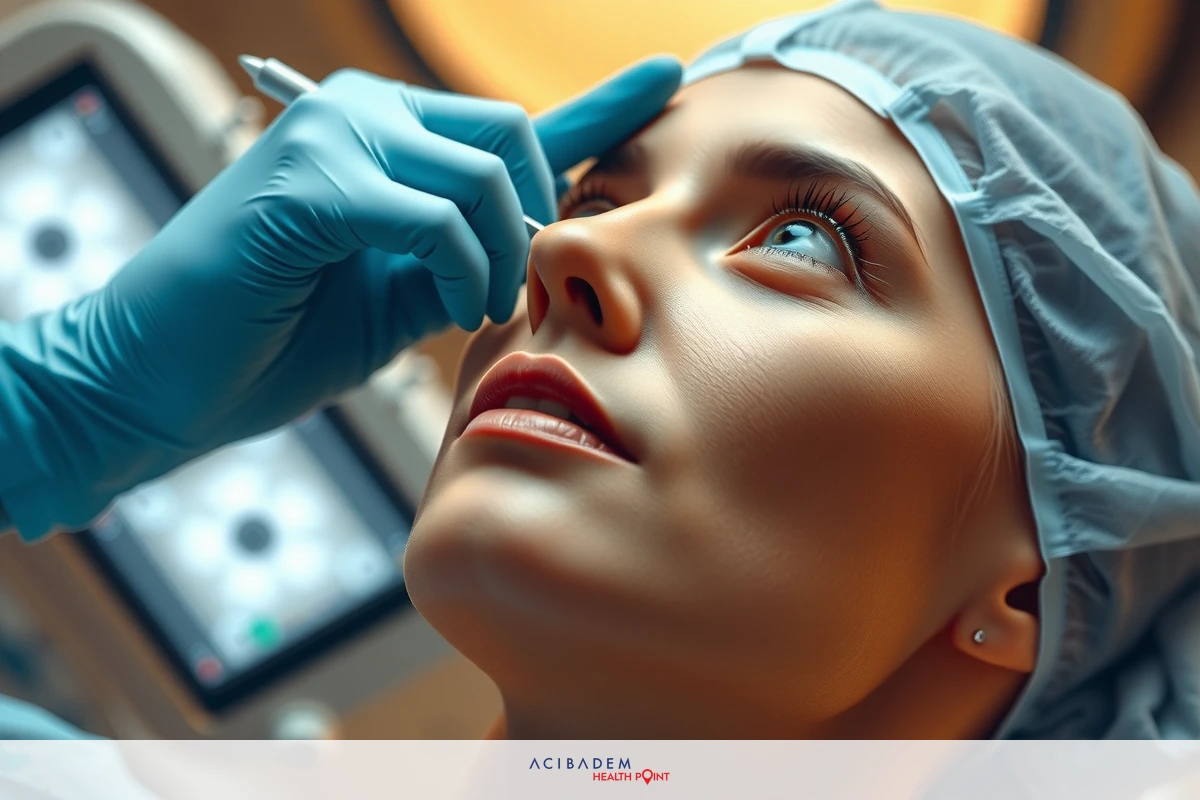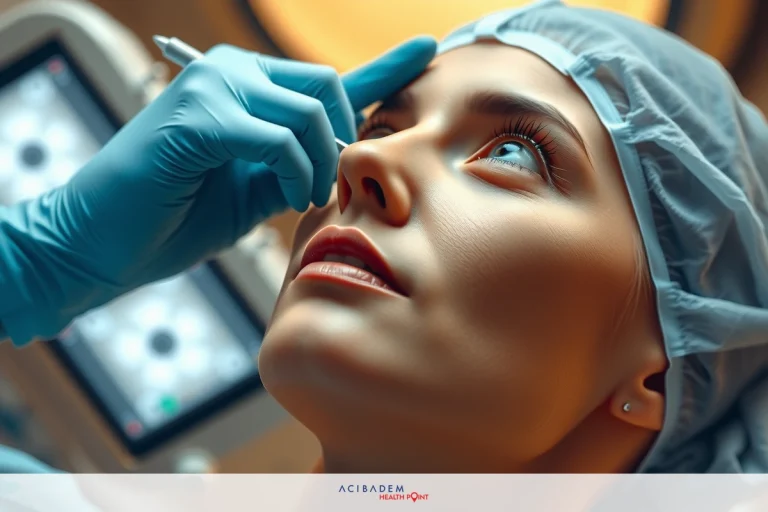How to Straighten the Nose Bone with Surgery
How to Straighten the Nose Bone with Surgery Rhinoplasty, also known as nose reshaping surgery or nose job, is a procedure designed to improve the function and appearance of the nose. This surgical intervention can correct a wide range of cosmetic and functional issues, including straightening the nasal bone. The results can significantly enhance facial harmony and boost self-confidence.
Before undergoing this transformative procedure, it’s crucial to understand what it entails. This includes knowing how to prepare for the surgery, understanding the surgical process, and setting realistic expectations for the outcome. It’s also important to consult with a qualified surgeon to make sure rhinoplasty is the right choice for you.
Understanding Rhinoplasty
Rhinoplasty, or nose surgery, is a surgical procedure that changes the shape and structure of the nose to improve its appearance and function. It’s a versatile operation, capable of altering the size, angle, or proportions of your nose in relation to other facial features. Rhinoplasty can also correct structural defects, including those that cause breathing problems.
One common use for rhinoplasty is nasal bone straightening. This involves adjusting the nasal bones to create a straighter profile. Nasal bone straightening can be critical for individuals who have had their noses misshapen due to injury or congenital deformities. Achieving a straighter nose through rhinoplasty not only enhances facial symmetry but also improves breathing in many cases.
While rhinoplasty is often associated with cosmetic enhancements, it’s important to remember its medical relevance. Nose reshaping can resolve several issues like a deviated septum or obstructed airflow which can lead to difficulty with breathing. Moreover, these functional improvements often coincide with an enhanced aesthetic appeal. Hence, rhinoplasty is not just about looking better; it’s about feeling better too.
Preparing for the Procedure
The preparation phase for rhinoplasty, or nose reshaping surgery, involves several steps designed to ensure a successful procedure and recovery. First and foremost is the selection of a qualified and experienced surgeon. This is crucial as the surgeon’s skills and knowledge will play a significant role in the outcome of the surgery. It’s essential to choose a surgeon who specializes in facial surgery and has extensive experience with rhinoplasty.

Next, you would have an initial consultation with your chosen surgeon. During this meeting, you will discuss your goals for nasal bone straightening, and your surgeon will evaluate your overall health and specific facial features. They will also take photographs and use computer imaging to show you what your nose may look like after surgery. Your surgeon will explain the procedure, potential risks, and the expected recovery process. This consultation is an opportunity for you to ask questions and express any concerns you might have.
Finally, there are pre-operative instructions that you need to follow to prepare for your nose surgery. These may include guidelines about eating, drinking, smoking, taking or avoiding certain medications, and washing your face. You may also be asked to arrange for someone to drive you home after surgery and stay with you for at least the first night following the procedure. Following these instructions is critical to minimizing complications during surgery and ensuring a smooth recovery afterwards.
How to Straighten the Nose Bone with Surgery: The Surgical Process
The surgical process of rhinoplasty for nasal bone straightening is a delicate and complex operation. It begins with the administration of anesthesia, which may be local or general, depending on the complexity of the surgery and the surgeon’s preference. Once the anesthesia has taken effect, the surgeon makes incisions inside the nostrils or across the narrow strip of tissue that separates the nostrils, known as the columella. This approach allows access to the underlying bones and cartilage without leaving visible scars.
Once the surgeon has access to the nasal bones, they can begin reshaping. For a nose bone straightening procedure, this typically involves cutting the nasal bones and moving them into a straighter position. If there is a hump on the nose, it can be reduced by carefully removing excess bone. In some cases, additional cartilage grafts may be used to provide support or change the shape of certain areas. The skin and tissue are then redraped over the new framework, and stitches are used to close the incisions.
After surgery, you’ll likely have a nasal splint in place to protect your newly shaped nose. This is usually removed within a week. Swelling and bruising around the eyes are common after rhinoplasty but will gradually fade over two to three weeks. Final results may take up to a year to fully reveal themselves as residual swelling slowly disappears. It’s important to follow all postoperative instructions carefully to ensure optimal healing and achieve the desired result: a straighter, more symmetrical nose that enhances your natural beauty while also improving function.
Frequently Asked Questions
Is rhinoplasty a painful procedure?
The level of discomfort experienced during and after rhinoplasty varies from person to person. However, anesthesia is administered during the surgery to ensure you won't feel any pain. After the procedure, you may experience some swelling, soreness, and mild discomfort, which can be managed with prescribed pain medication.
How long does it take to recover from rhinoplasty?
The initial recovery period typically lasts about one to two weeks, during which you may experience bruising and swelling around the nose and eyes. Most people can resume normal activities within two to three weeks. However, complete healing and final results can take several months as the swelling gradually subsides.
Will I have visible scars after rhinoplasty?
In most cases, the incisions made during rhinoplasty are hidden inside the nostrils or along the natural creases of the nose, resulting in minimal visible scarring. This technique is known as closed rhinoplasty. In some instances, an open rhinoplasty approach may be necessary, which involves a small incision on the columella. However, skilled surgeons take great care to minimize scarring and ensure optimal aesthetic outcomes.
Can rhinoplasty improve my breathing?
Yes, rhinoplasty can often address functional issues that affect breathing. If you have a deviated septum or other structural abnormalities that obstruct airflow, your surgeon can correct these problems during the procedure. By straightening the nasal bone and correcting any internal issues, rhinoplasty can significantly improve both the appearance and function of your nose.
Are there any risks or complications associated with rhinoplasty?
As with any surgical procedure, there are potential risks involved with rhinoplasty. These can include infection, bleeding, adverse reactions to anesthesia, scarring, asymmetry, and dissatisfaction with the aesthetic outcome. However, choosing a skilled and experienced surgeon greatly reduces the likelihood of complications. It's important to discuss any concerns with your surgeon and follow their pre- and post-operative instructions diligently to minimize risks.











